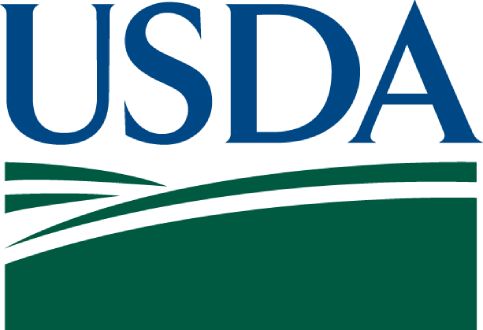Reaching Those in Need: Estimates of State Supplemental Nutrition Assistance Program Participation Rates in 2013
Download
Clients

Key Findings
Key Findings:
- Participation rates vary widely from state to state. In fiscal year 2013, 22 states’ SNAP participation rates were significantly higher than the national rate of 85 percent, and 16 states’ rates were significantly lower.
- In fiscal year 2013, 23 states’ rates for the working poor were significantly higher than the national rate for the working poor of 74 percent, and 6 states’ rates were significantly lower.
- The participation rate for the working poor was significantly lower than the rate for all eligible people nationally and in 31 states.
- Among the regions, the Midwest region had the highest participation rate—96 percent—a rate significantly higher than all other regions. The Western region’s participation rate of 74 percent was significantly lower than the rates for all of the other regions.
This report presents estimates that, for each state, measure the need for the Supplemental Nutrition Assistance Program (SNAP) and the program’s effectiveness in fiscal years 2011 through 2013. The estimated numbers of people eligible for SNAP measure the need for the program. The estimated SNAP participation rates measure the program’s performance in reaching its target population. In addition to the participation rates that pertain to all eligible people, the report presents estimates of participation rates for the “working poor,” that is, people who were eligible for SNAP and lived in households in which someone earned income from a job.
How do you apply evidence?
Take our quick four-question survey to help us curate evidence and insights that serve you.
Take our survey
